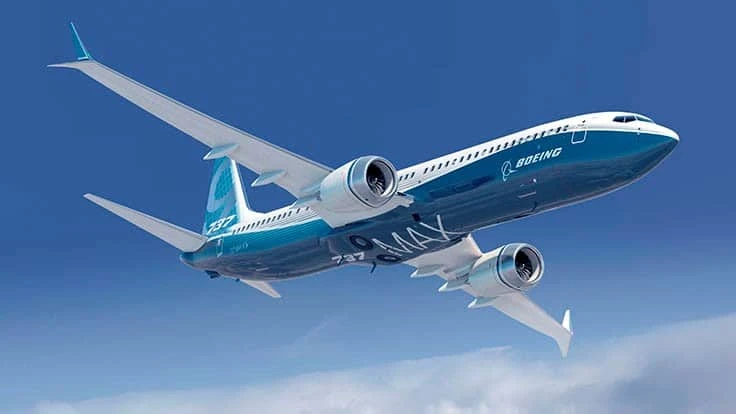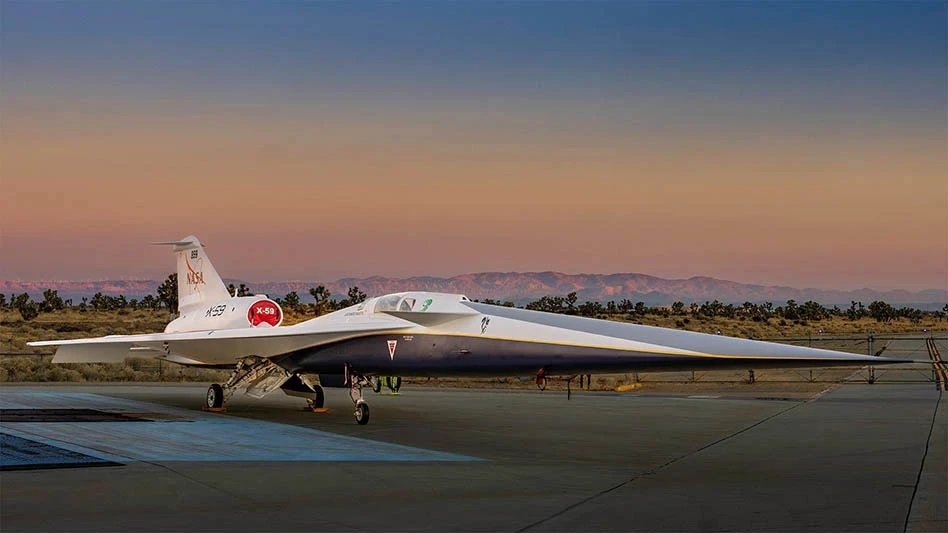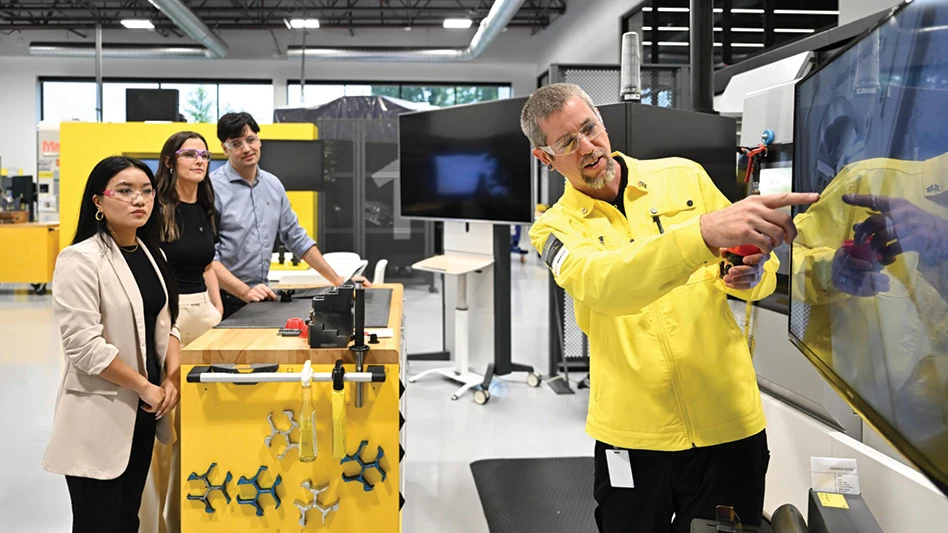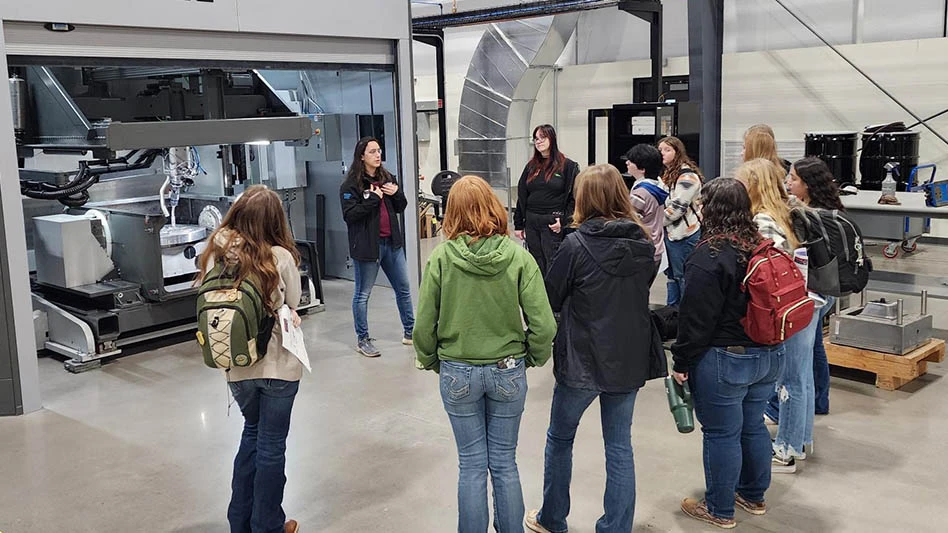
Boeing
Federal Aviation Administration (FAA) Administrator Steve Dickson signed an order that paves the way for Boeing 737 MAX jetliners to return to commercial service. Dickson’s action followed a comprehensive and methodical safety review process that took 20 months to complete. During that time, FAA employees worked to identify and address the safety issues that played a role in the tragic loss of 346 lives aboard Lion Air Flight 610 and Ethiopian Airlines Flight 302.
Throughout the process, the FAA cooperated with foreign counterparts on every aspect of the return to service. Additionally, Dickson personally took the recommended pilot training and piloted the Boeing 737 MAX, so he could experience the handling of the aircraft firsthand.
In addition to rescinding the order that grounded the aircraft, the FAA published an Airworthiness Directive specifying design changes that must be made before the aircraft returns to service, issued a Continued Airworthiness Notification to the International Community (CANIC), and published the MAX training requirements. These actions do not allow the MAX to return immediately to the skies. The FAA must approve 737 MAX pilot training program revisions for each U.S. airline operating the MAX and will retain its authority to issue airworthiness certificates and export certificates of airworthiness for all new 737 MAX aircraft manufactured since the FAA issued the grounding order. Furthermore, airlines that have parked their MAX aircraft must take required maintenance steps to prepare them to fly again.
The design and certification of this aircraft included collaborative and independent reviews by aviation authorities around the world. Those regulators have indicated that Boeing’s design changes, together with the changes to crew procedures and training enhancements, will give them the confidence to validate the aircraft as safe to fly in their respective countries and regions. Following the return to service, the FAA will continue to work with foreign civil aviation partners to evaluate any potential additional enhancements for the aircraft.
"We will never forget the lives lost in the two tragic accidents that led to the decision to suspend operations," said David Calhoun, chief executive officer of The Boeing Co. "These events and the lessons we have learned as a result have reshaped our company and further focused our attention on our core values of safety, quality, and integrity."
Throughout the past 20 months, Boeing has worked closely with airlines, providing them with detailed recommendations regarding long-term storage and ensuring their input was part of the effort to safely return the airplanes to service.
An Airworthiness Directive issued by the FAA spells out the requirements that must be met before U.S. carriers can resume service, including installing software enhancements, completing wire separation modifications, conducting pilot training, and accomplishing thorough de-preservation activities that will ensure the airplanes are ready for service.
"The FAA's directive is an important milestone," said Stan Deal, president and chief executive officer of Boeing Commercial Airplanes. "We will continue to work with regulators around the world and our customers to return the airplane into service worldwide."
Boeing officials outlined three major steps the company is taking to strengthen its focus on safety and quality.
- Organizational alignment: More than 50,000 engineers have been brought together in a single organization that includes a new Product & Services Safety unit, unifying safety responsibilities across the company
- Cultural focus: Engineers have been further empowered to improve safety and quality; the company is identifying, diagnosing, and resolving issues with a higher level of transparency and immediacy
- Process enhancements: By adopting next-generation design processes, the company is enabling greater levels of first-time quality
Latest from Aerospace Manufacturing and Design
- 2024 Favorites: #5 Article – Solving workforce issues with digital transformation
- 2024 Favorites: #5 News – GE Aerospace is investing in manufacturing
- 2024 Favorites: #6 Article – Mastering complex precision machined parts
- 2024 Favorites: #6 News – Boeing to acquire Spirit AeroSystems in $8.3B deal
- Season's greetings
- 2024 Favorites: #7 Article – Deep drawing aerospace components
- 2024 Favorites: #7 News – GKN Aerospace completes sale of St. Louis facility to Boeing
- 2024 Favorites: #8 Article – Beyond uptime





